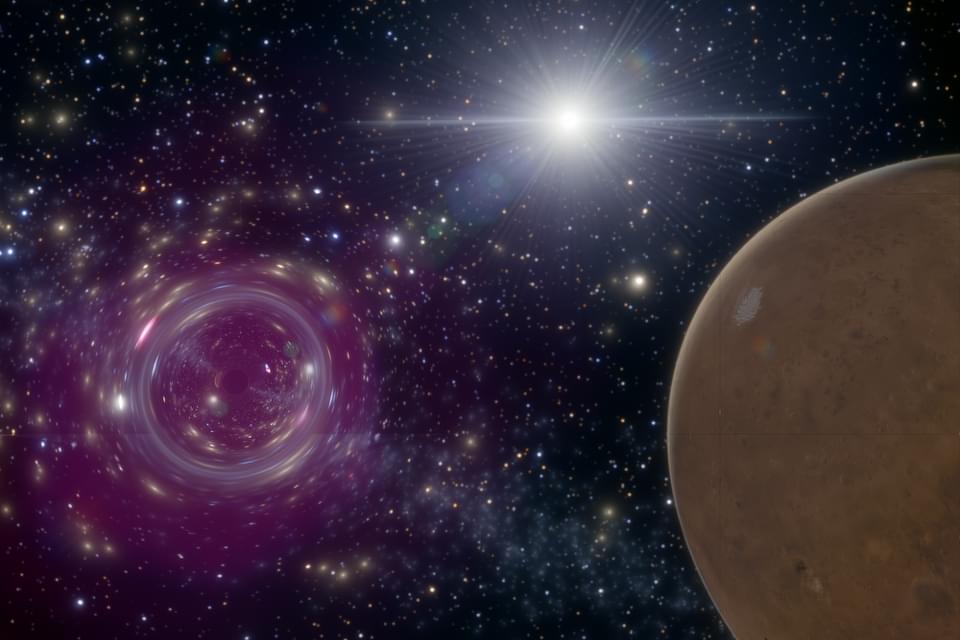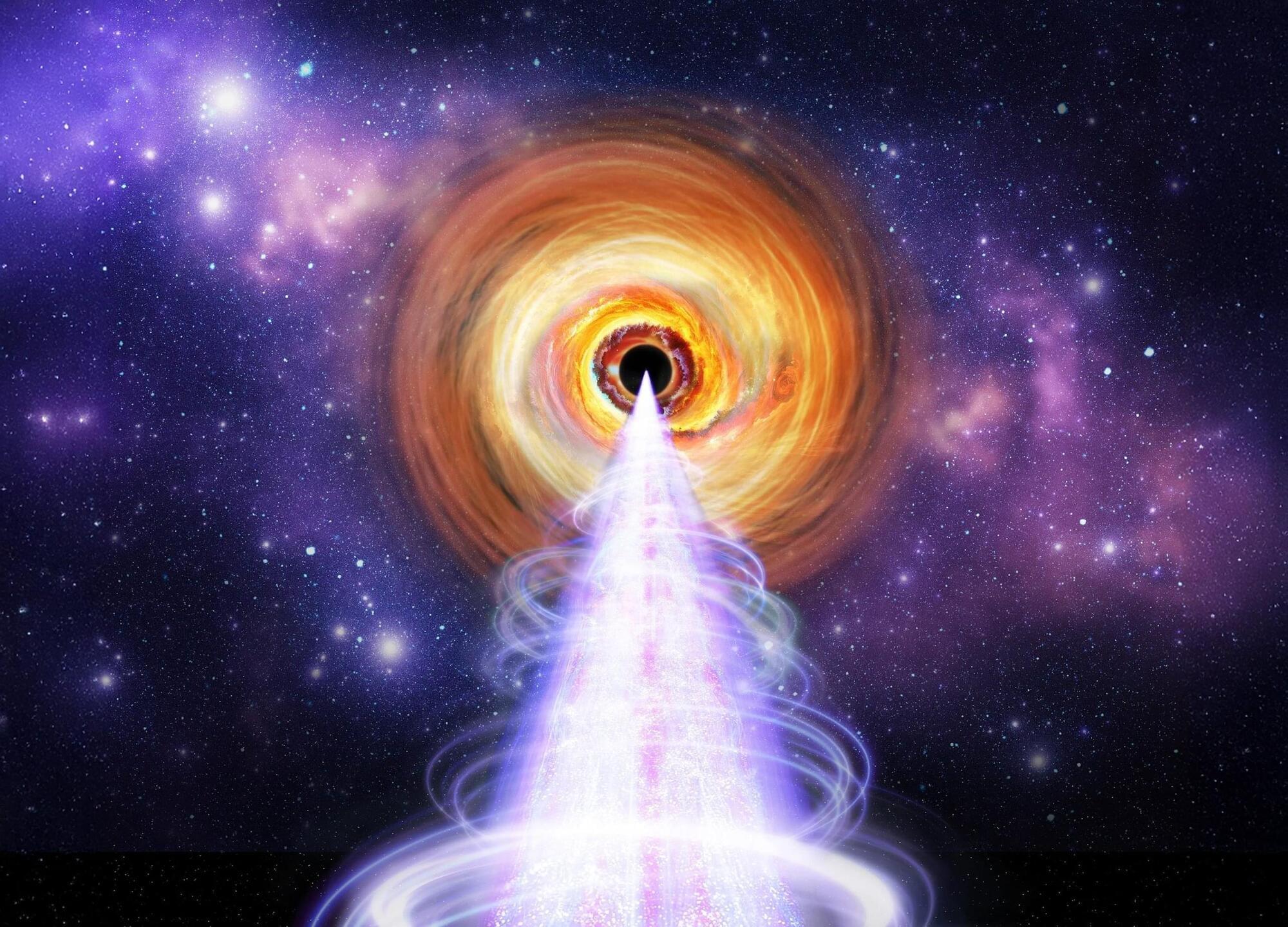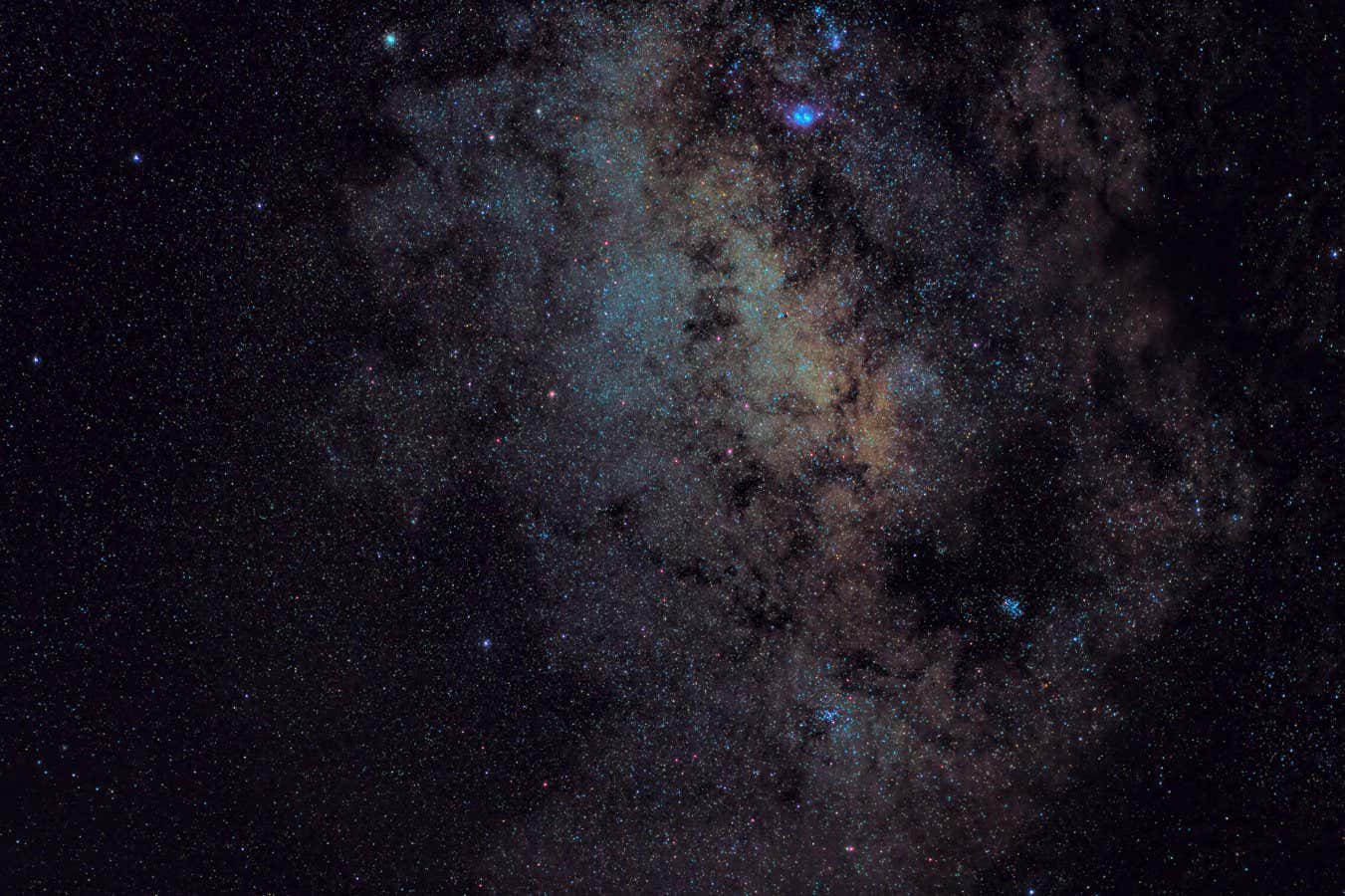For years, quantum computing has been the tech world’s version of “almost there”. But now, engineers at MIT have pulled off something that might change the game. They’ve made a critical leap in quantum error correction, bringing us one step closer to reliable, real-world quantum computers.
In a traditional computer, everything runs on bits —zeroes and ones that flip on and off like tiny digital switches. Quantum computers, on the other hand, use qubits. These are bizarre little things that can be both 0 and 1 at the same time, thanks to a quantum property called superposition. They’re also capable of entanglement, meaning one qubit can instantly influence another, even at a distance.
All this weirdness gives quantum computers enormous potential power. They could solve problems in seconds that might take today’s fastest supercomputers years. Think of it like having thousands of parallel universes doing your math homework at once. But there’s a catch.





